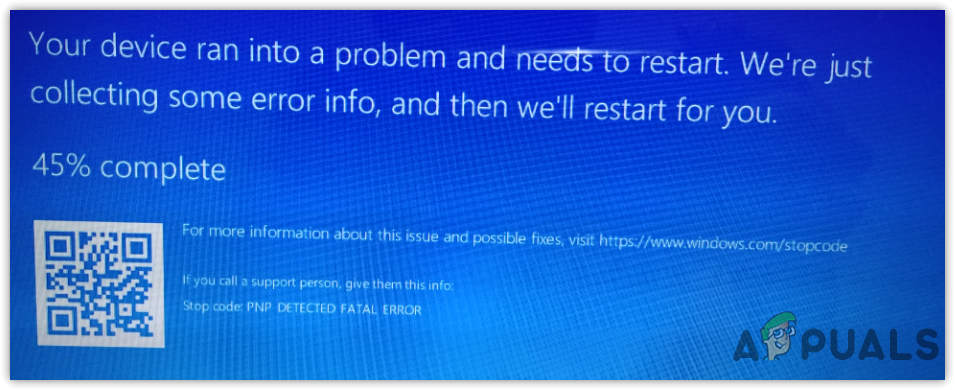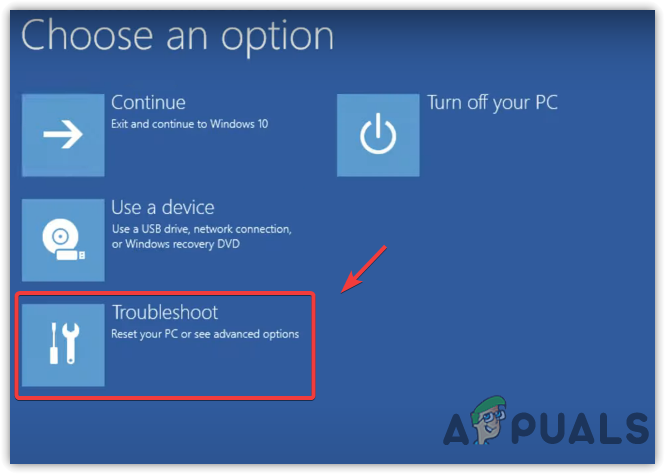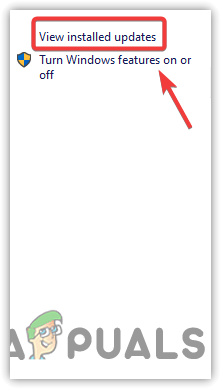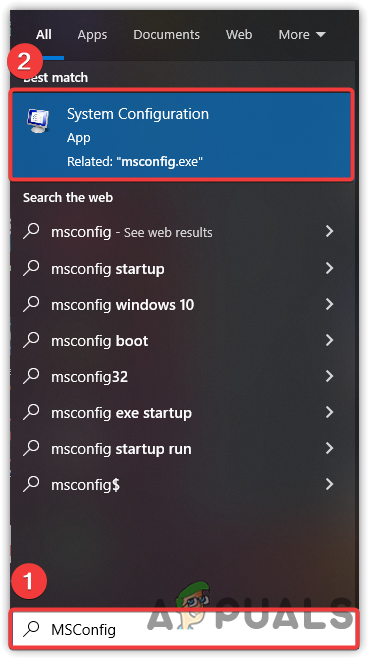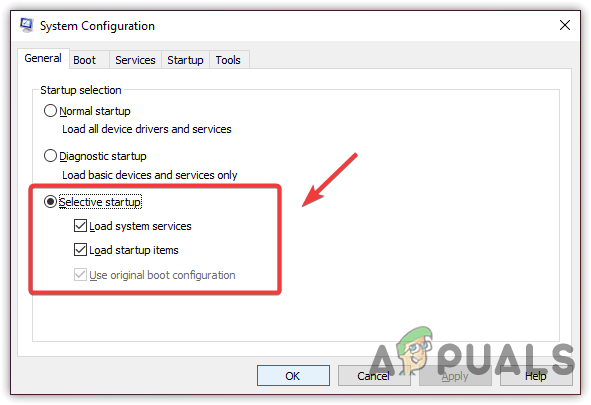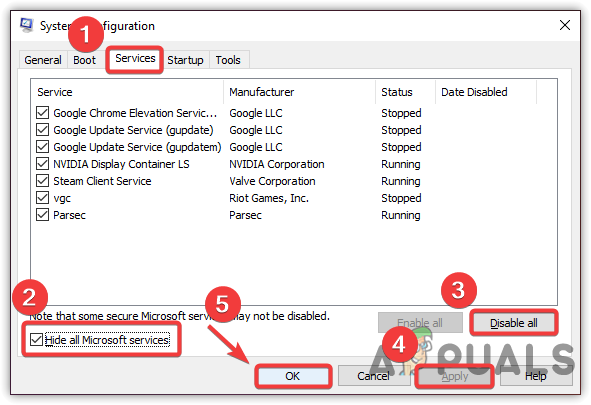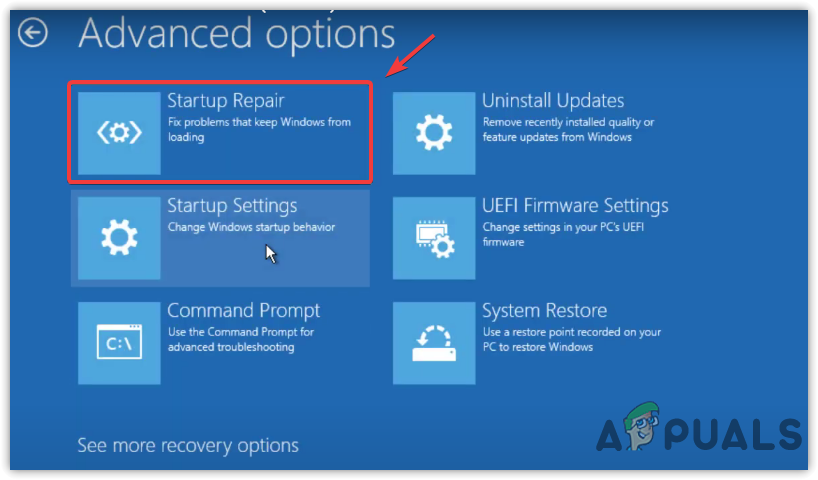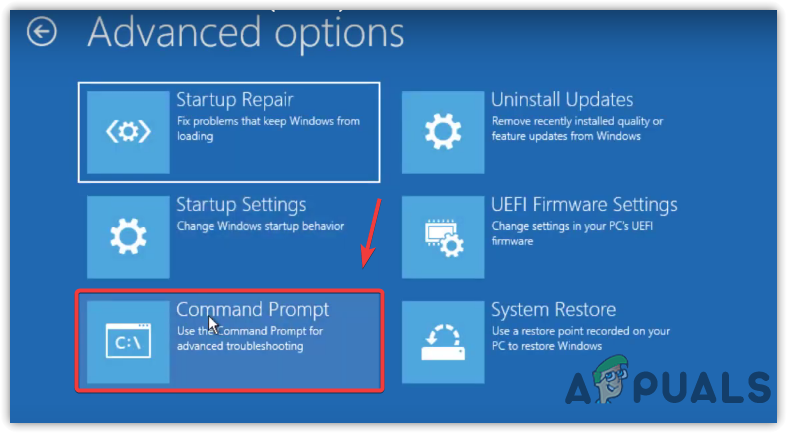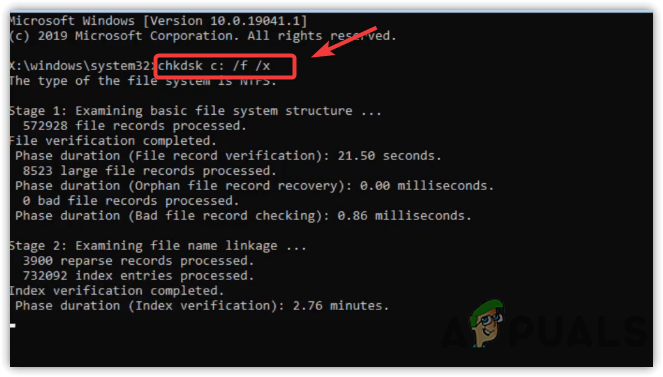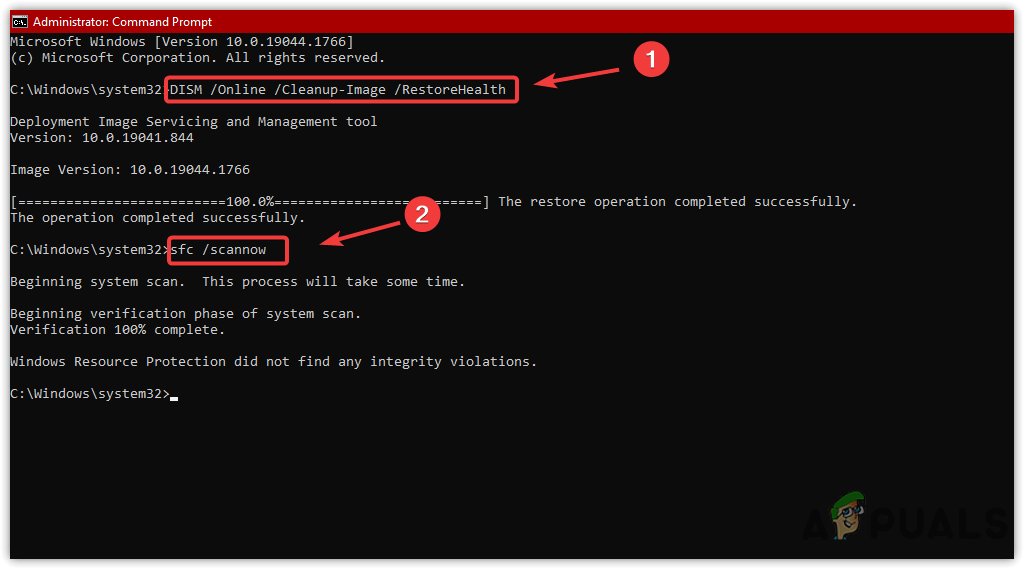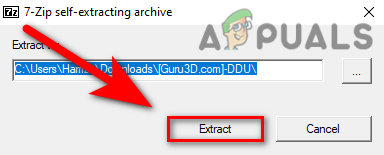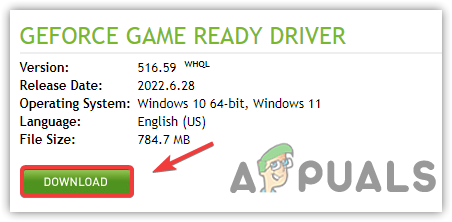The root cause of this error is the corrupted drivers. However, disk errors, corrupted Windows updates, and system files can lead you to this error message. BSOD errors can also be caused by the hardware issues such as faulty memory, power supply issues, and overheating of components. Therefore, it is important to understand that if this error message does not resolve, it could result from damaged hardware. Moreover, you might be unable to boot the Windows due to this error message. In this case, you will need to start Windows in safe mode to apply the troubleshooting methods.
1. Run System Restore
If you are familiar with the system restore, you might have created a restore point to take your Windows to a previous state if something goes wrong. This utility removes all the drivers, programs, and recently installed Windows updates. If corrupted system files, drivers, and third-party programs are behind fetching this error message, using a restore point might be a great option to start the troubleshooting. You can visit this article if you don’t know about a restore point. Follow the steps to restore the Windows to the previous system restore point:
2. Boot Windows In Safe Mode
The error can also be a result of a corrupted Windows update. If you have updated your Windows to the latest version, we recommend you uninstall the recent updates and revert all the changes you have applied to your Windows, including uninstalling third-party programs. To uninstall the Windows updates, you will need to boot the Windows in a safe mode as you might be stuck into a reboot loop. If the error does not resolve, try performing a clean boot. Below are the steps to boot Windows in safe mode to uninstall the Windows update:
2.1 Uninstall Windows Update
2.2. Perform a Clean Boot
A clean boot is a process that disables irrelevant services, third-party applications, and unnecessary drivers at the startup to determine the source of a problem. Hence, if the error occurs due to third-party applications, conflict of services, and drivers, then performing a clean boot will help fix this error. Here are the steps:
3. Use Startup Repair
Startup repair is an inbuilt troubleshooting utility provided by Microsoft for the recent version of the Windows operating system. The utility fixes the common problems that can prevent Windows from booting correctly. Follow the steps to use the startup repair:
4. Run CHKDSK
CHKDSK is an inbuilt utility that allows users to scan and fix disk errors. CHKDSK command displays the status of a volume as an output while the chkdsk /f /r command fixes the disk errors found in the volume. Therefore, if the error occurs due to any disk error, running CHKDSK will help fix this issue. Below are the steps to executing the CHKDSK command:
5. Run SFC And DSIM Commands
SFC or System File Checker is a command line utility used to restore corrupted system files. In comparison, the DISM or Deployment Image Servicing and Management allows the user to repair the corrupted Windows images. If you have corrupted Windows images or files in the system disk, the error will likely appear, and to avoid this, you have to execute the SFC and DSIM commands via the command prompt. To do so:
6. Reinstall Display Driver
As we mentioned above, the error can either be caused by faulty Graphics drivers. If you have any corrupted driver that might be preventing you from booting the Windows, reinstalling Graphics drivers will help to fix this error.
6.1 Uninstall Graphics Driver Via Display Driver Uninstaller
A display driver uninstaller is an application that is used to uninstall the device drivers from the computer. This application allows the users to remove the drivers entirely along with the registry files, which prevents conflict between drivers. This is why we recommend DDU over the device manager. Follow the steps:
6.2 Install Graphics Driver
FIX: Error 0x80246002 and BSOD during Windows Update in Windows 10FIX: KERNEL_SECURITY_CHECK_FAILURE BSOD in Windows 10How to Fix igdkmd64.sys BSOD on Windows 10Fix: DRIVER_OVERRAN_STACK_BUFFER BSOD on Windows 10
